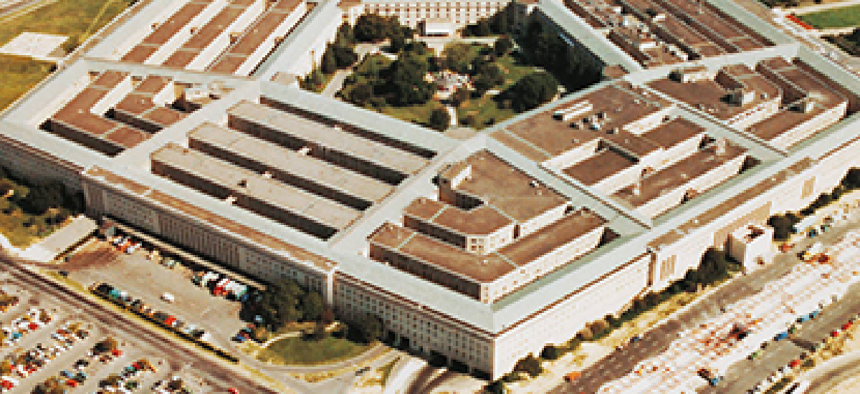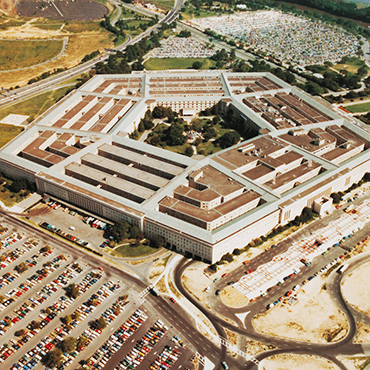Defense budget zeroes in on cyber spending

Few specifics were revealed, but the trend is clearly toward tech and away from troops.

President Barack Obama's $496 billion defense budget for fiscal 2015 includes a $5.1 billion request for cyber operations, making it more than 1 percent of the total Pentagon request.
Defense Secretary Chuck Hagel had already previewed some of the major moves in the budget and the process behind them on Feb. 24, outlining plans to downsize on the personnel side while spending more on technology.
"We are repositioning to focus on the strategic challenges and opportunities that will define our future: new technologies, new centers of power, and a world that is growing more volatile, more unpredictable, and in some instances more threatening to the United States," Hagel said when he unveiled his first budget as secretary.
But the March 4 budget release offered few new specifics on cyber spending, much of which is spread across dozens of programs or hidden in classified spending.
As Hagel warned, troop levels are expected to decline -- the budget accounts for an active-duty Army between 440,000 and 450,000 strong, down nearly 30 percent from the post-Sept. 11 peak of 570,000. U.S. Cyber Command would continue to grow, however, swelling its ranks from 900 last year to a projected 4,900 by the close of 2016.
But the still-new command has its work cut out for it, even with the "full funding for cyber operations, which will enable both offensive and defensive capabilities across the full range of cyber contingencies" that the fiscal 2015 budget promises.
Testifying before Congress last year, Gen. Keith Alexander, who currently heads CyberCom, projected that more than 100 teams tasked with defending U.S. military networks -- rather than attacking potential aggressors -- would be on line by the close of 2016. In written testimony to the Senate Armed Services Committee on Feb. 27, Alexander said only 17 of the planned 133 cyber mission teams are operating so far.
Analysts acknowledge that in some ways, scant information on cyber funding is a necessary evil, but say it still does not allay fears of inadequate preparation in a time of overall budgetary belt-tightening.
"What we get are isolated pieces of information about the cyber programs, because anything more than that would diminish the effectiveness of the overall program," said Loren Thompson of the Lexington Institute. "The Defense Department is facing a wide array of cyber challenges and it's doing better on some things than others. … Cybersecurity is probably getting as much money as it needs, but the government doesn't seem to have the right model for spending the money effectively."
Without mentioning specific amounts, the budget will boost funding for the Comprehensive National Cybersecurity Initiative Five, an effort to create real-time connections between cybersecurity centers and other sources of analysis, Defense Systems reported.
The budget doesn’t get into specifics about robotics and unmanned systems, but that is another priority area for DOD, according to Defense Systems. The department recently released a 25-year Unmanned Systems Integrated Roadmap that outlines plans for smart, networked unmanned systems on land, air and sea. Whether airborne drones, robotic trucks or unmanned underwater minehunters.
NEXT STORY: A Call to Action for IT Leaders


